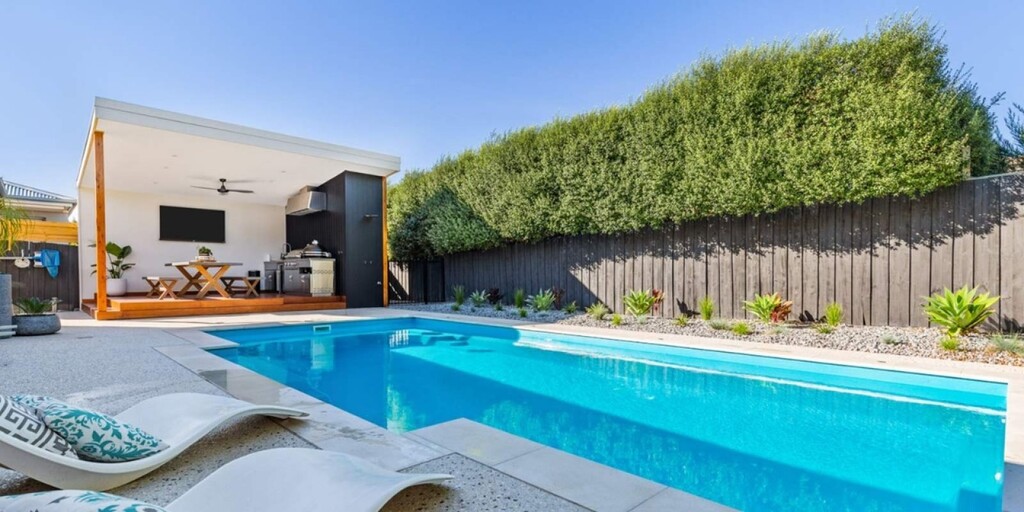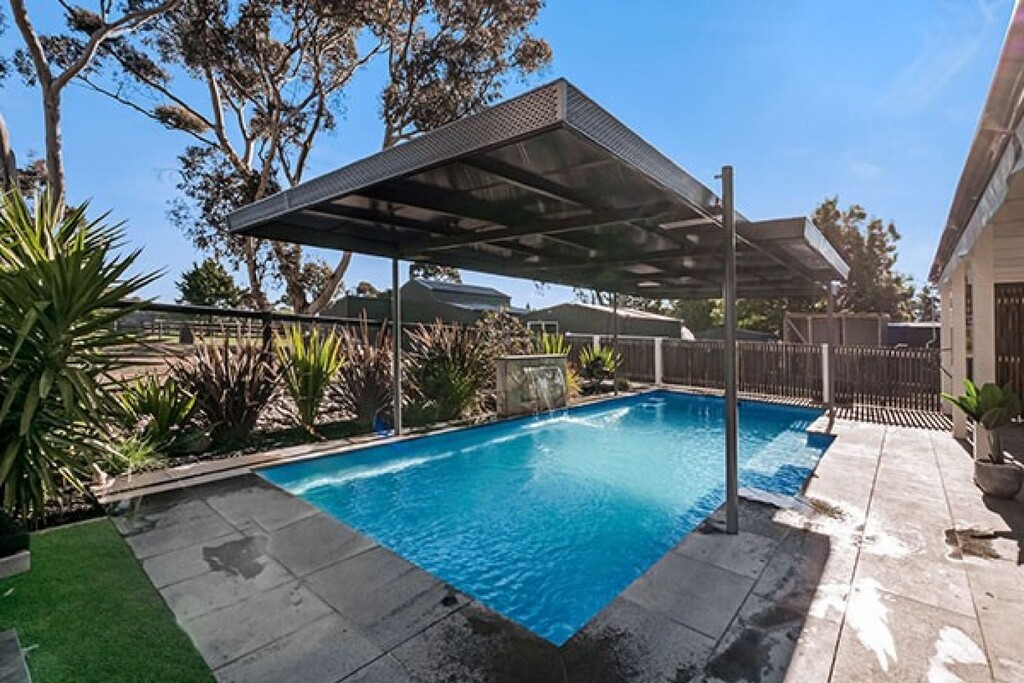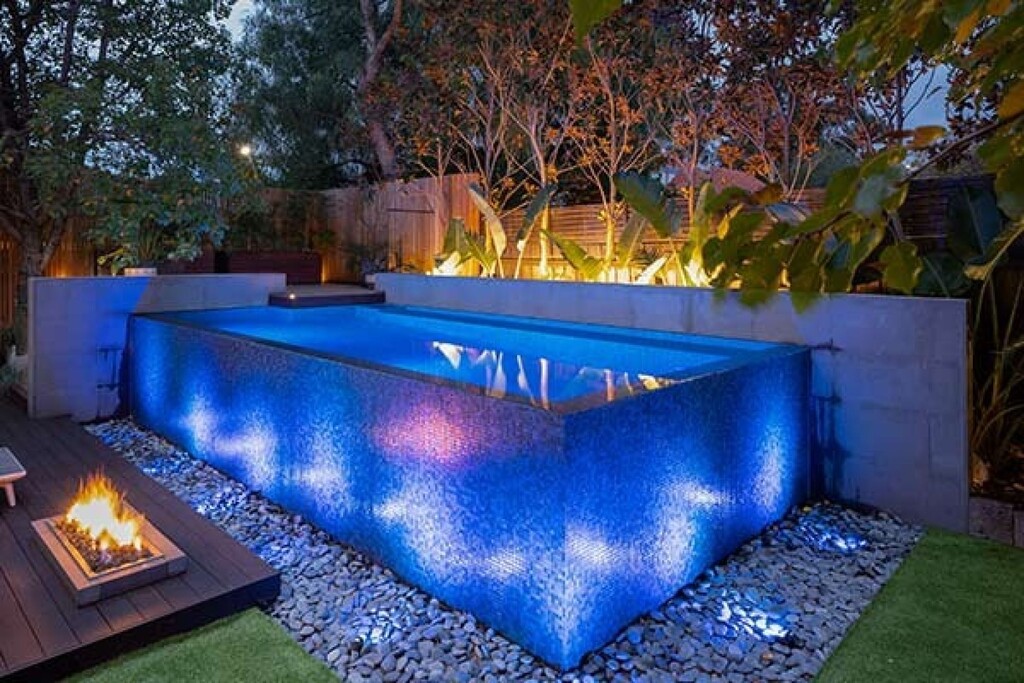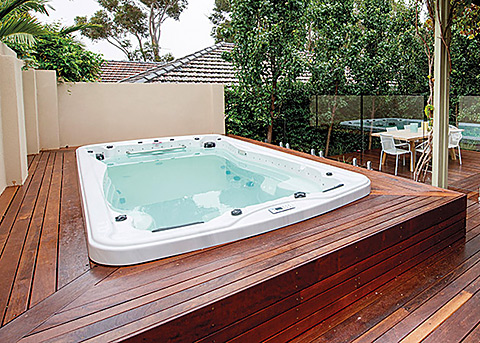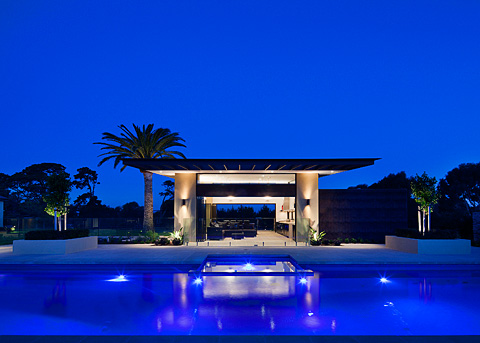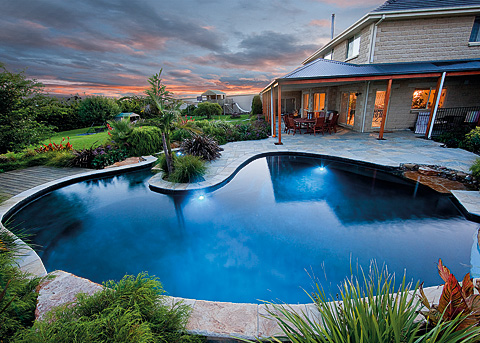RACV’s Royal Auto magazine recently quoted SPASAVIC CEO, Chris Samartzis, and SPASAVIC Member, Rainwise Pools Melbourne, on ways to make your pool more sustainable.
Whether you already have a pool or are considering a plunge into pool ownership, there are many ways to make your private splash zone more sustainable. From solar-powered pumps to thermal covers that maintain temperatures and reduce water evaporation, here’s how to improve your pool’s eco credentials.
1. Make it 'Water Neutral'
For aspiring pool proprietors who are concerned about water and energy usage, water-neutral pools offer an easy solution. Swimming Pool and Spa Association of Victoria (SPASAVIC) CEO Chris Samartzis explains that water-neutral pools use a combination of water-saving and water-harvesting devices – such as water tanks to collect rainfall to top up the pool, and backwash-minimisation systems – to minimise environmental impact by reducing the amount of overall water needed to maintain a swimming pool. Water-neutral pools also deliver cost savings through reduced chemical, energy and water use. “This is something that pool owners are concerned about,” says Juliana Styles, co-founder of Rainwise Pools Melbourne, which took home the Water Neutral Pool Program Award at the 2020 SPASAVIC Awards of Excellence. “The fact that a water-neutral pool is not only environmentally friendly but will save the pool owner money is a great incentive.”
2. Use Eco-Friendly Technologies
Making use of eco-friendly accessories, such as LED lighting instead of traditional halogen globes, is another way to make your backyard pool a little greener. LED lamps use less than a quarter of the power used by traditional halogen bulbs and last longer too, so you’ll save money on new bulbs. They’re also easier to automate and can be set to a timer which can be controlled from your phone. “New pools come with LEDs as standard,” says RACV’s trade training manager Andy Anderson. “But if you have an older pool, it’s worth having a qualified electrician convert the halogens to LEDs.”
3. Harness the Sun
One of the most eco-friendly (and budget-savvy) ways to heat your pool is to use solar power. “Installing an extra 2-3kW of solar panels, above your standard requirements, is sufficient to cover the cost of running a pool and accessories – such as the pump, filter etc,” says RACV Solar CEO Andy McCarthy. “Setting the pool pump on a timer, generally between 10am and 3pm in summer, ensures you are using your excess solar power, and will save you more money.”
If you don’t have enough roof space for both solar panels and pool heating, Andy says it’s possible to install solar panels over the pool heating. “It requires a specific system, so it’s best to contact a solar expert who has experience with these types of projects,” he says.
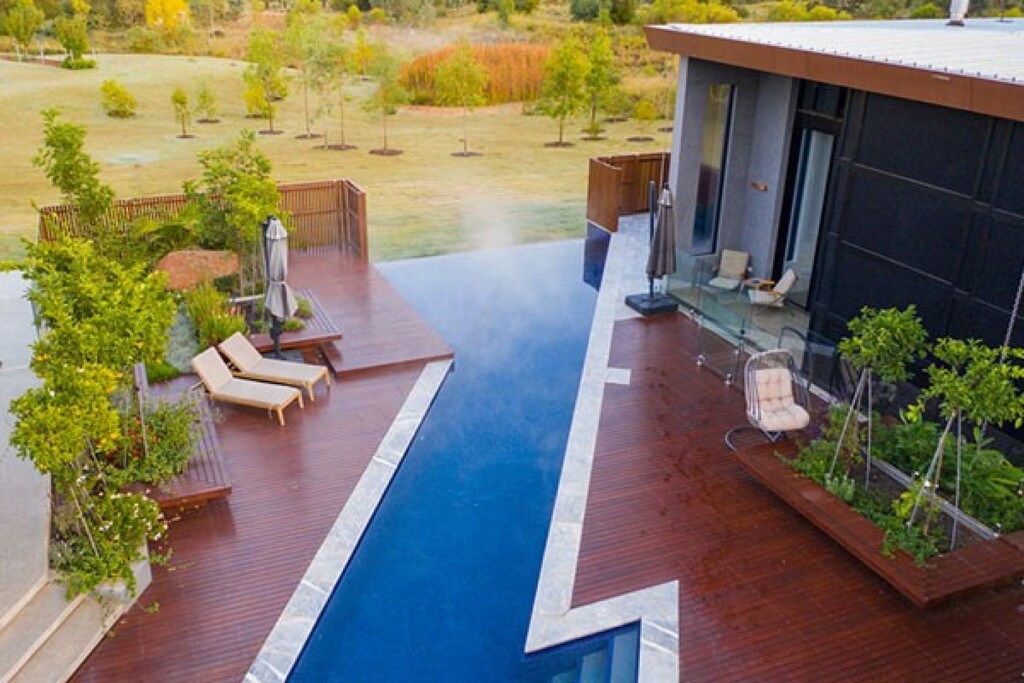
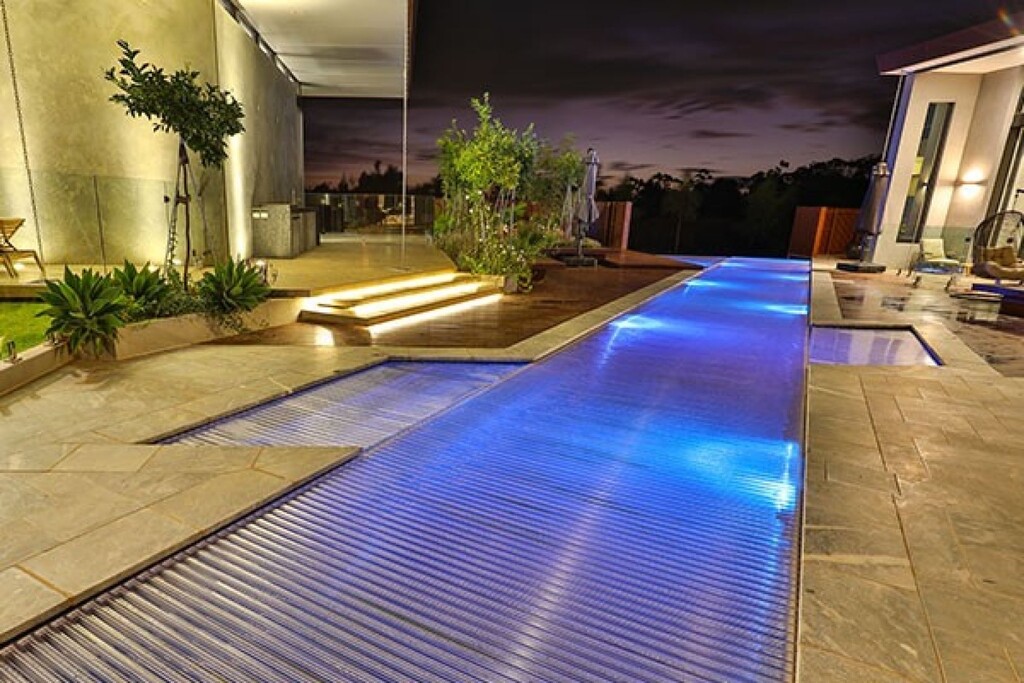
Above: Cookes Pools & Spas' eco-friendly design, which used thermal pool cover (pictured above with cover open and closed) and recycled bearings for the pool’s circulation system.
Article written by Tianna Nadalin. Published by RACV RoyalAuto.
Read it in full HERE

